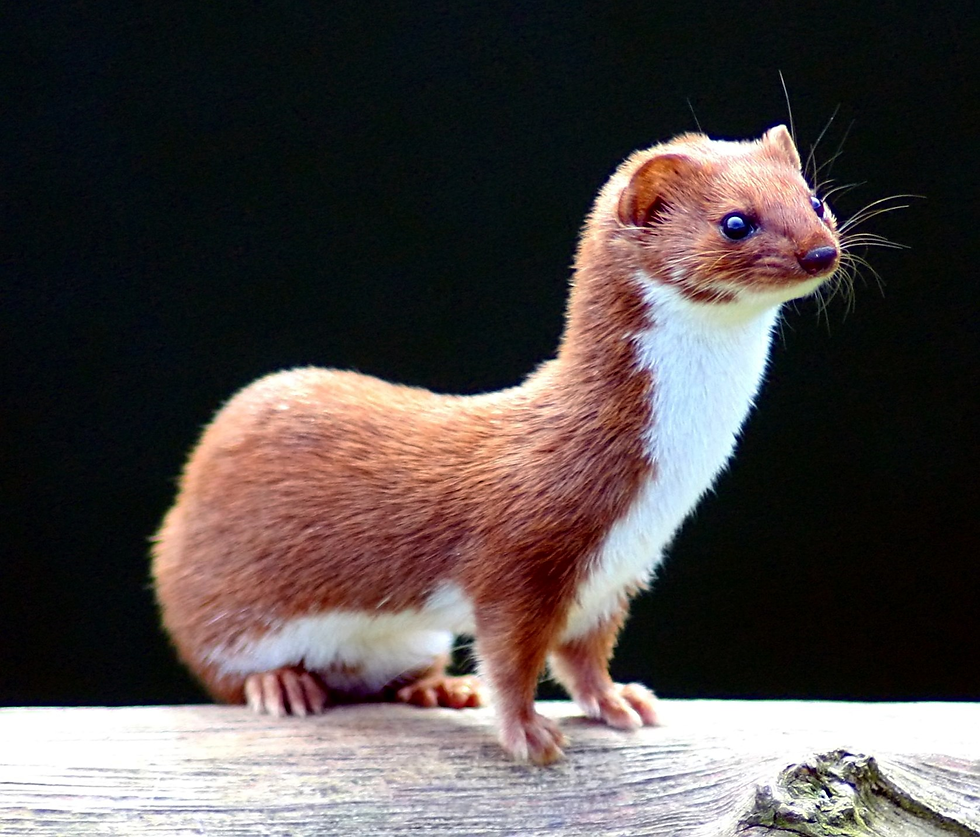10 Cute Animals That Hide Unexpected Dangers
- Sagar V
- Aug 5, 2023
- 2 min read
Nature's incredible diversity includes over 8 million animal species, each unique in appearance and behavior. Some animals appear cute and affectionate, like the lazy panda or the funny prairie dog, but don't let their innocent looks deceive you. Even these charming creatures have adapted to their environment and can pose unexpected dangers to humans.
Red Fox

Red foxes are opportunistic predators, and their diet mainly consists of small mammals, birds, insects, and fruits. While they primarily avoid direct confrontations with humans, they can pose a threat to livestock, especially chickens, if given the opportunity.
One significant concern when encountering a red fox is the risk of rabies transmission. Like many wild animals, they can carry the rabies virus, which can be transmitted through bites or scratches. As a precaution, it's essential to avoid approaching or attempting to interact with a wild fox, and any unusual behavior should be reported to local wildlife authorities.
Weasel

The small and fast weasel might tempt you to cuddle it, but beware. Weasels are curious and can be aggressive if startled. Moreover, they can carry dangerous diseases, making them unsuitable as pets.
Freshwater Snail

While we usually associate danger with large predators, some seemingly harmless creatures like freshwater snails can carry parasites that cause diseases in humans. It's best to avoid handling them.
Honey Bee

Honey bees are essential pollinators and usually non-threatening. However, for individuals allergic to bee stings, each encounter can be life-threatening, requiring immediate medical attention.
Mouse

Ordinary house mice may seem harmless, but they can cause significant problems. Mice spread diseases and damage property by constantly nibbling on various materials, even concrete.
Owl

With their big eyes and adorable appearance, owls are captivating birds. However, they are birds of prey with sharp claws, keen senses, and silent flight. While they usually avoid humans, owls have been known to attack dogs and people under certain circumstances.
Prairie Dog

Despite their cute and chubby appearance, prairie dogs can display aggressive behavior and may attack other rodents. They can also carry various diseases, making close contact with them potentially hazardous.
Panda

Pandas are known for their gentle nature, but their digestive system and teeth resemble those of a predator. Though they mainly eat bamboo, they are much stronger than adult humans, and recorded cases of attacks emphasize their potential danger.
Garden Tiger Moth

Not all butterflies are harmless; the garden tiger moth contains neurotoxic choline esters in its body. The hairs of its caterpillar can cause hives and severe irritation in humans.
Box Jellyfish

The mesmerizing box jellyfish is one of the most dangerous species on the planet. Its venom contains powerful toxins that affect the heart and nervous system, and their stings can be deadly to humans.
Conclusion
While appearances can be deceiving, understanding the true nature of animals is crucial for our safety and coexistence with wildlife. These adorable-looking creatures may conceal hidden dangers, reminding us to respect their natural habitats and observe them from a safe distance. By fostering a deeper understanding of animals, we can appreciate their beauty while ensuring our well-being in their diverse and fascinating world.





Comments